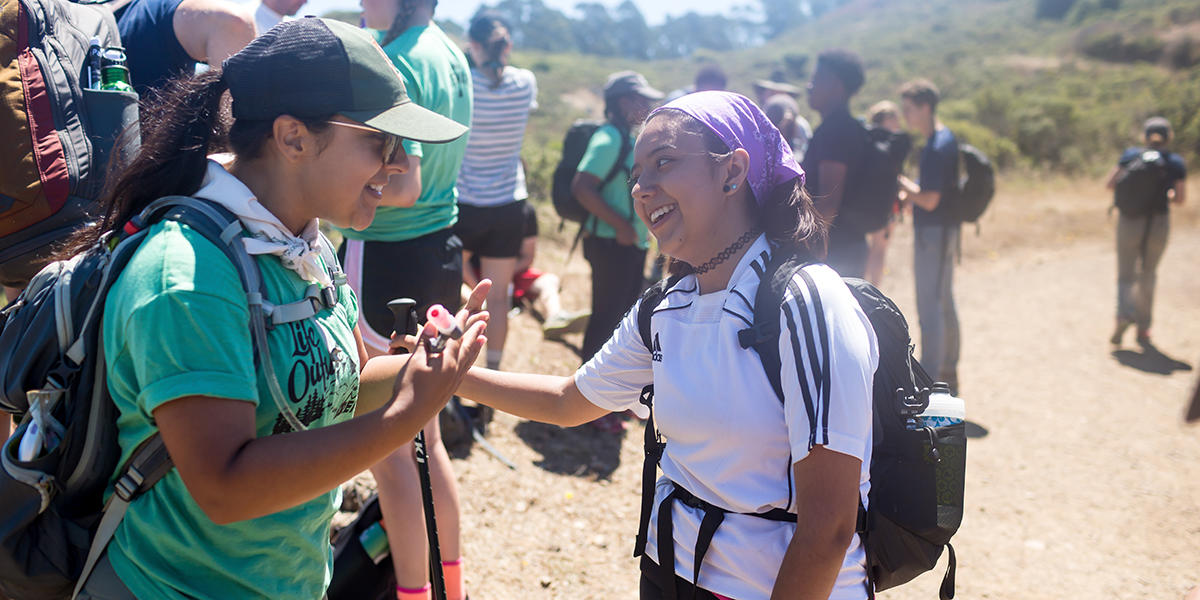Your parks need you now
Your support helps fight climate change and promote park sustainability—please give now.

A new report by the Institute at the Golden Gate examines how recent research has shown that while the general population is growing ever more urban and diverse, the range of visitors to national parks has not kept pace. A 2008–09 survey showed that 13% of the U.S. population identify as Latino and 12% as African American. However, those same groups made up only 9% and 7% (respectively) of park visitors.
In looking to the next generation of park stewards and advocates, this represents a serious concern for the health and future of our national park system. The Institute at the Golden Gate’s newest report examines one potential solution to this challenge: targeting diverse, urban youth through programming designed by and for the youth themselves.
Engaging Diverse Youth in Park Programs highlights two such programs that have successfully engaged new audiences in urban areas. Here in the Golden Gate National Parks, the Crissy Field Center is an effective model for reaching more diverse audiences. A youth environmental education and leadership development center, it focuses on “engaging people who traditionally have had little—if any—access to national parks.”
Through youth leadership programs, community programs, and school programs, the Crissy Field Center has been offering multicultural environmental education to children and teenagers throughout the Bay Area since 2001. According to the Center’s 10-year report, “Our programs meet new audiences where they live, provide culturally relevant experiences, and address language and transportation barriers.”
The second park unit highlighted in the report, the Santa Monica Mountains National Recreation Area near Los Angeles, has also been implementing innovative programming to reach new audiences. These include a downtown L.A. outreach office, targeted transportation support, and a suite of youth programs aimed at diverse students.
Based on methods and approaches used in these two locations, the Institute at the Golden Gate has identified best practices, devised a roadmap, and created a “how-to” guide for engaging with new audiences and communities. While recognizing that there is no “one size fits all” model, we hope that this report will spark conversation, analysis, and action among our beloved parks and their advocates.
If you would like to connect with the Institute about this report or the Urban Program generally, please contact us directly.
Your support helps fight climate change and promote park sustainability—please give now.